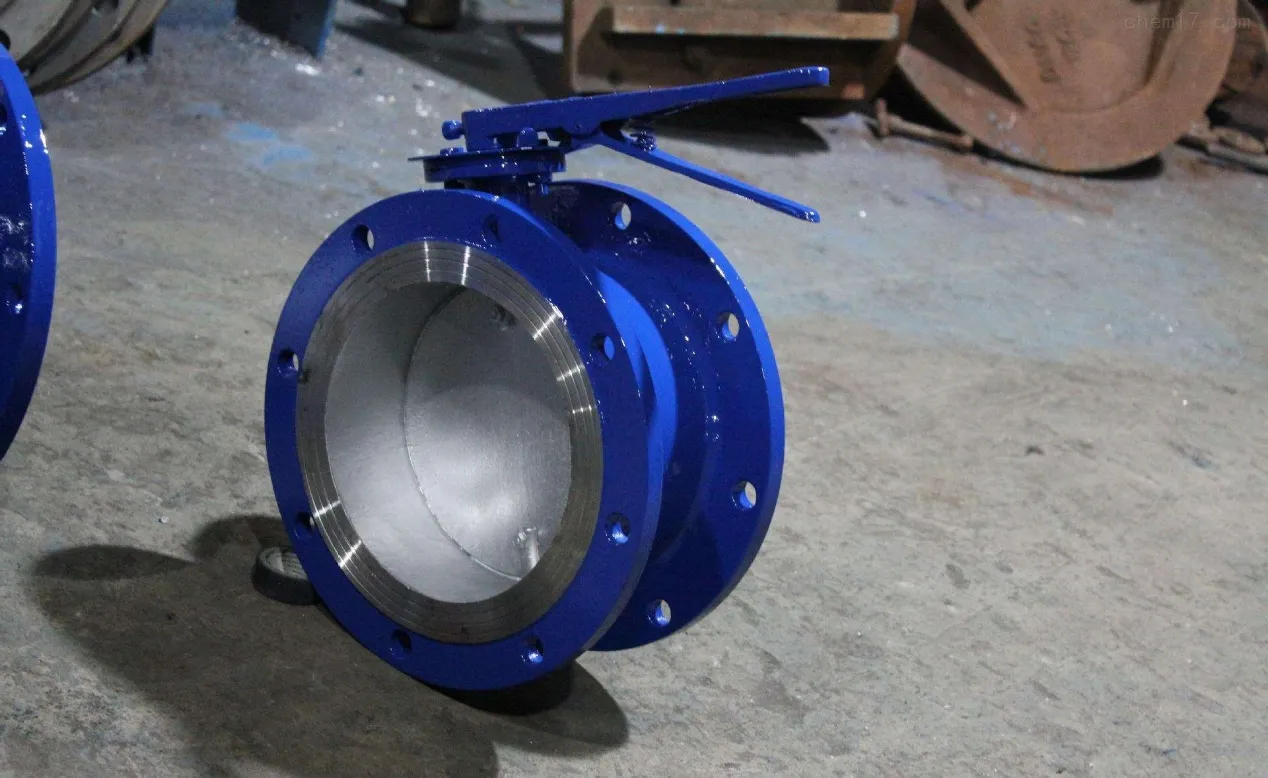dec . 04, 2024 09:39 Back to list
thread per inch gauge
Understanding the Thread Per Inch (TPI) Gauge Importance and Applications
The thread per inch (TPI) gauge is a crucial tool used in various industries, particularly in mechanical engineering, manufacturing, and construction. This simple yet effective instrument measures the number of threads within a one-inch length of a screw or bolt, thereby providing vital information about the thread pitch. Understanding TPI is fundamental for selecting the right fasteners and ensuring compatibility between components in machinery and structural applications.
What is TPI?
TPI refers to the number of threads found in a one-inch segment of a screw or bolt. For instance, if a screw has 20 threads in one inch, it is classified as a 20 TPI screw. In simpler terms, TPI is the inverse of the thread pitch, which is measured in inches. Therefore, a screw with a TPI of 20 has a pitch of 1/20 inches, or 0.05 inches, between each thread.
The TPI measurement is particularly relevant in the imperial system, which is commonly used in the United States for many mechanical applications. However, in regions that use the metric system, the equivalent thread pitch is typically measured in millimeters.
Importance of TPI in Fastener Selection
Selecting the right fastener for a job often depends on understanding TPI. Different applications require different types of threads, and using a fastener with an inappropriate TPI can lead to compromised structural integrity, increased wear, or component failure.
For example, in high-stress applications such as automotive or aerospace industries, engineers may opt for bolts with higher TPI, as they provide greater surface area for gripping, which can improve torque and prevent loosening under vibrations. On the other hand, larger, coarser threads (lower TPI) are typically used in wood applications, as they can better grip softer materials.
Moreover, the threads themselves can have variations in design, such as unified national coarse (UNC) or unified national fine (UNF) threads. Understanding whether a project requires coarse or fine threads can be critical, and knowing the TPI aids in making this decision.
Using the TPI Gauge
thread per inch gauge

The TPI gauge is a tool designed to simplify the process of measuring the thread pitch in fasteners. Generally, it features a series of notched edges that correspond to different TPI values, allowing a user to easily slide a screw or bolt against the gauge to identify its TPI.
To effectively use a TPI gauge, a user should
1. Select the Right Notch Align the screw against the notches on the gauge to determine where it fits best. The notch that snugly fits over the thread indicates the TPI. 2. Count the Threads For greater accuracy, especially if the thread is unusually shaped or if it is difficult to fit perfectly, you can count the threads over an inch manually to cross-verify the gauge result.
3. Refer to Standards Familiarize yourself with standard TPI values for commonly used fasteners. This knowledge is essential when choosing screws, bolts, or any other threaded fasteners for specific applications.
Applications in Different Industries
The significance of TPI measurement transcends just the selection of fasteners. In industries such as plumbing, automotive, and aerospace, precision in measurement is critical. Here are a few specific applications
- Plumbing Pipes and fittings often require threaded connections, and accuracy in TPI ensures leak-proof joints. - Automotive Engine components need to be tightly fastened to endure high vibrations and temperatures, where TPI choice can help in maintaining joint integrity.
- Construction Using the right TPI can prevent structural failures in building projects by ensuring that bolts and screws provide adequate grip.
Conclusion
In conclusion, the thread per inch (TPI) gauge plays an essential role in measuring and ensuring compatibility in threaded fasteners across various industries. As industries advance towards automation and precision in production, understanding and utilizing TPI becomes even more vital. Thus, whether you are a seasoned engineer or a DIY enthusiast, being well-acquainted with TPI and mastering the use of TPI gauges can significantly enhance your efficiency and accuracy in any project.
-
Why Metric Trapezoidal Thread is Ideal for Precision Motion ControlNewsAug.05,2025
-
The Unique Properties of a Block of Granite for Industrial UseNewsAug.05,2025
-
The Role of Flanged Y Strainers in Preventing Pipeline ClogsNewsAug.05,2025
-
The Importance of Regular Calibration for Master Ring GagesNewsAug.05,2025
-
How a Cast Iron Surface Table Enhances Accuracy in ManufacturingNewsAug.05,2025
-
Comparing Different Check Valve Types for Optimal Flow ControlNewsAug.05,2025
Related PRODUCTS









